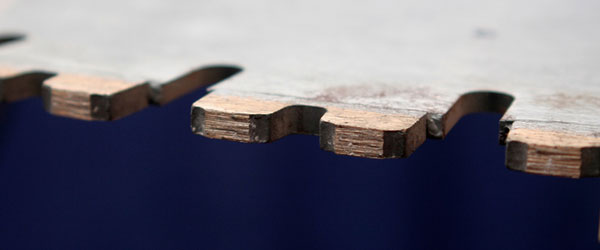
How Are Fake Diamonds Made?

Diamonds are one of the world's most valuable commodities, the planet's hardest substance and perhaps the most symbolic expression of love and commitment found in nature. Except when they aren't.
While real diamonds form deep within the earth during geological processes spanning billions of years, so-called fake, or manmade, diamonds can be whipped up in a laboratory in no time at all, yet they look and act remarkably similar.
The secret to producing fake diamonds was unlocked in the 1950s by four scientists working for the Research Laboratory at General Electric. The scientists - Robert Wentorf, Tracy Hall, Francis Bundy and Herbert Strong - knew that natural diamonds result when carbon is exposed to high pressures and temperatures. They guessed that another strong carbon called graphite was likely the key to reproducing a synthetic version of the gem.
Working with a device called a belt press, which first weakened a cylinder of graphite contained within it and then heated and squeezed the graphite at immense pressures, the researchers were able to pop out the world's first fake diamond at the GE lab in December 1954.
The fake gems they produced didn't end up on the fingers of unsuspecting women, however (that's cubic zirconia, a different substance altogether).
Today, more than 100 tons of synthetic diamonds are produced annually and used almost solely in industry. As the hardest substance available to man, diamond tools are handy for cutting and polishing other hard stuff such as ceramic and stone, and the incredible longevity of the material outweighs its high cost.
Wentorf, Hall, Bundy and Strong were recently inducted into the National Inventors Hall of Fame for their contributions to the development of fake diamonds.
Sign up for the Live Science daily newsletter now
Get the world’s most fascinating discoveries delivered straight to your inbox.











